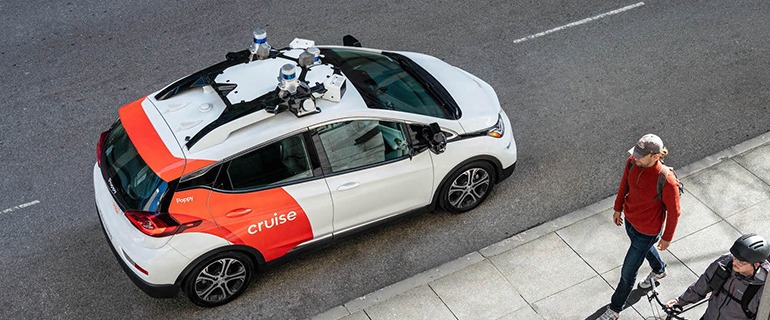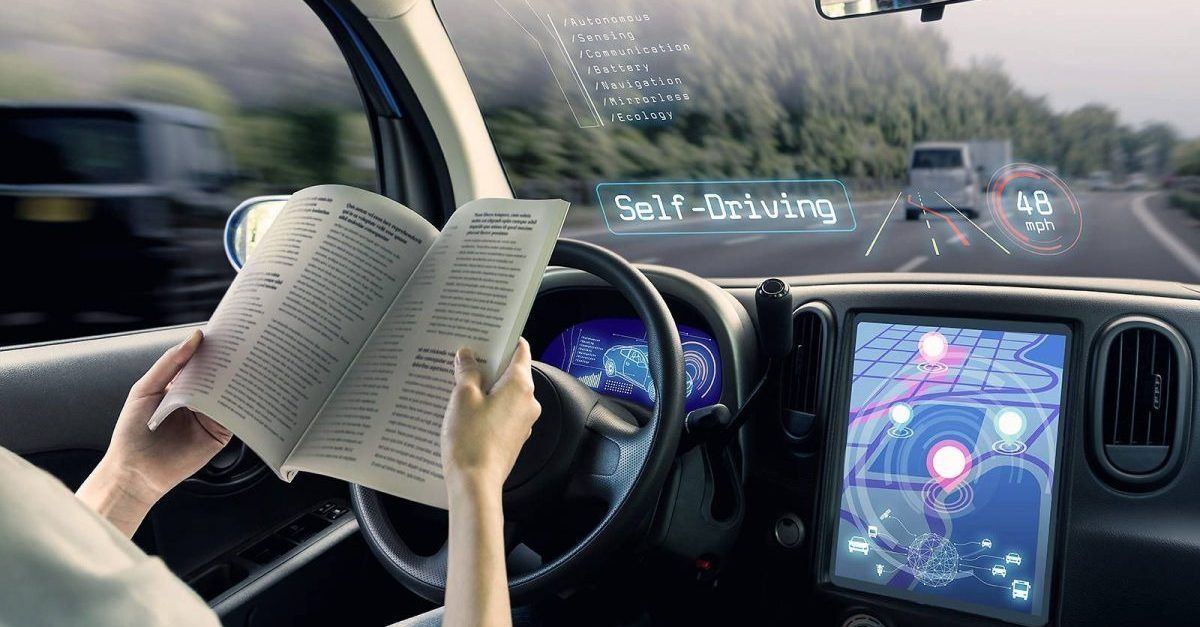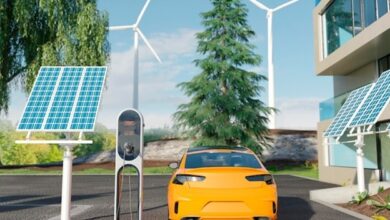Self-Driving Electric Cars and Their Challenges
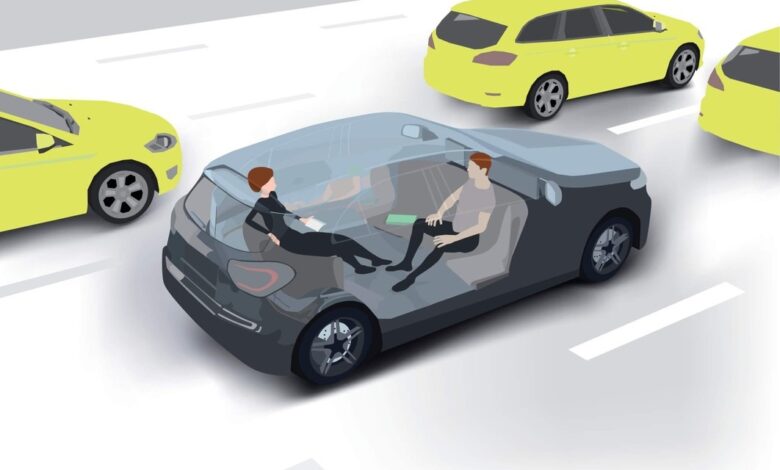
Self-driving electric cars represent a groundbreaking fusion of technology, sustainability, and convenience. While the concept holds great promise for revolutionizing the automotive industry, it also brings forth a set of unique challenges that must be carefully addressed. In this exploration of self-driving electric cars and their challenges, we will delve into the complexities associated with autonomous vehicles powered by electric propulsion.
From the intricate algorithms governing autonomous driving to the infrastructure required for electric charging, this guide will dissect the multifaceted issues that engineers, policymakers, and consumers need to consider. As we navigate through the complexities of this cutting-edge intersection between artificial intelligence and clean energy, we’ll shed light on regulatory hurdles, technological limitations, and societal concerns.
Join us on this journey to understand the intricacies of self-driving electric cars, their potential benefits, and the obstacles that must be overcome for them to become a mainstream reality. As we explore the challenges, we’ll gain insights into the evolving landscape of automotive innovation and the transformative impact it could have on our daily lives.
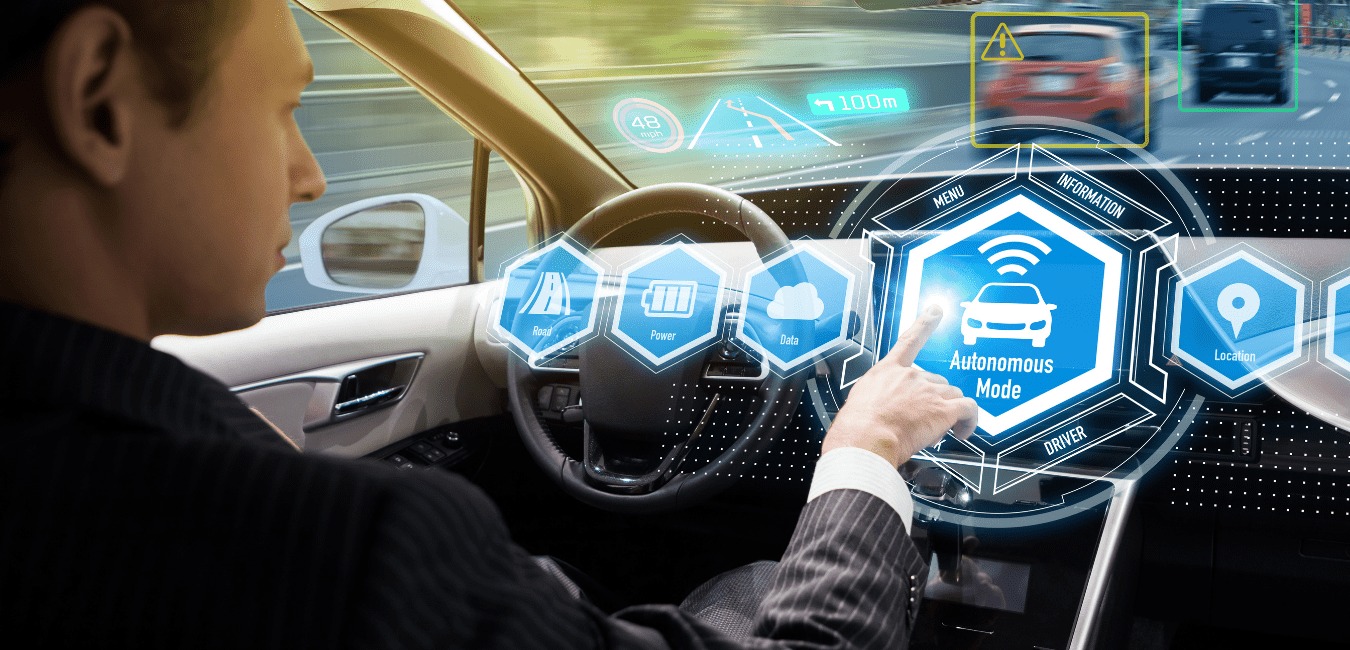
Contents
Understanding Self-Driving Electric Cars
Self-driving electric cars, also known as autonomous electric vehicles (AEVs), are vehicles that can operate without human intervention and are powered by electricity instead of traditional fossil fuels. These cars rely on a combination of sensors, cameras, radars, and advanced algorithms to perceive their surroundings and make decisions based on the collected data.
The integration of artificial intelligence (AI) enables these vehicles to navigate through traffic, respond to road conditions, and interact with pedestrians and other vehicles. By utilizing electric power, AEVs offer reduced carbon emissions compared to traditional internal combustion engine (ICE) vehicles, contributing to a greener and more sustainable future.
Benefits of Self-Driving Electric Cars
Environmental Advantages
One of the most significant benefits of self-driving electric cars is their positive impact on the environment. By using electricity as a power source, AEVs produce zero tailpipe emissions, reducing air pollution and greenhouse gas emissions. This shift towards cleaner transportation plays a crucial role in combating climate change and improving air quality in urban areas.
Enhanced Safety
Self-driving electric cars have the potential to enhance road safety significantly. Human error accounts for the majority of accidents on the road, and autonomous technology can help reduce these incidents. AEVs are equipped with sophisticated sensors that continuously monitor their surroundings, enabling them to detect potential hazards and react faster than human drivers. With the elimination of human error, the number of accidents could significantly decrease.
Increased Mobility and Accessibility
Autonomous electric vehicles can bring increased mobility and accessibility to various segments of society. For individuals with disabilities or those who are unable to drive, AEVs can provide a newfound sense of personal freedom and independence. Additionally, self-driving technology has the potential to revolutionize public transportation systems by offering convenient and efficient mobility solutions for all.

See more: How to Choose the Right Family Car: A Comprehensive Guide
Challenges Faced by Self-Driving Electric Cars
Technological Limitations
One of the primary challenges faced by self-driving electric cars is overcoming technological limitations. Despite significant advancements, autonomous technology is still in its early stages, and there are several hurdles to overcome. These include accurately perceiving complex environments, decision-making in unpredictable situations, and ensuring robust cybersecurity measures to protect against potential hacking threats.
Infrastructure Requirements
The widespread adoption of self-driving electric cars requires extensive infrastructure development. Charging infrastructure needs to be expanded to facilitate long-distance travel and reduce charging times. Additionally, roadways need to be equipped with advanced communication systems to enable effective vehicle-to-vehicle (V2V) and vehicle-to-infrastructure (V2I) communication. Without a well-established infrastructure network, the potential benefits of AEVs may not be fully realized.
Legal and Regulatory Frameworks
The emergence of self-driving electric cars raises important legal and regulatory questions. Governments around the world are grappling with issues such as liability in case of accidents involving autonomous vehicles and establishing standards for safety and cybersecurity. Developing comprehensive legal frameworks that address these concerns while fostering innovation is crucial for the widespread adoption of self-driving electric cars.
Cost Considerations
Currently, self-driving electric cars tend to have higher upfront costs compared to traditional vehicles. The integration of advanced autonomous technology, electric powertrains, and sophisticated sensors adds to the overall cost of production. However, as technology advances and economies of scale come into play, it is expected that the cost of AEVs will gradually decrease, making them more affordable for consumers.
Public Acceptance and Trust
Public acceptance and trust are vital for the success of self-driving electric cars. Many individuals may be skeptical or fearful of autonomous technology due to concerns about safety and privacy. Building public trust requires transparent communication about the capabilities and limitations of AEVs, conducting rigorous testing and validation processes, and demonstrating the potential benefits they offer.
The Ultimate Guide to Quickly Checking Your Car’s Air Conditioning System Before Summer
Current Initiatives and Future Outlook
Collaboration between Automakers and Tech Companies
Automakers and technology companies have recognized the potential of self-driving electric cars and are joining forces to develop innovative solutions. Collaborations such as Waymo (Google’s autonomous vehicle division) partnering with automakers like Jaguar Land Rover highlights the collective effort towards achieving safer and more sustainable transportation.
Government Support and Funding
Governments around the world are providing support and funding for research and development in autonomous technology and electric vehicles. Initiatives such as grants, tax incentives, and subsidies aim to accelerate innovation in this domain. This support is crucial for overcoming challenges and paving the way for widespread adoption.
The Future Outlook
Despite the challenges faced by self-driving electric cars, the future looks promising. As technology continues to advance, we can expect significant improvements in autonomous capabilities, increased affordability, and enhanced infrastructure support. The gradual integration of AEVs into our transportation systems has the potential to transform cities, reduce congestion, improve air quality, and create a safer driving environment.
Self-driving electric cars represent a remarkable convergence of autonomous technology and sustainable energy sources. While they face various challenges such as technological limitations, infrastructure requirements, legal frameworks, cost considerations, and public acceptance, ongoing research efforts and collaborations are driving progress towards overcoming these obstacles. With continued support from governments and industry stakeholders, self-driving electric cars have the potential to redefine transportation as we know it, offering a greener, safer, and more accessible future for all.
See more at: Topcarr



